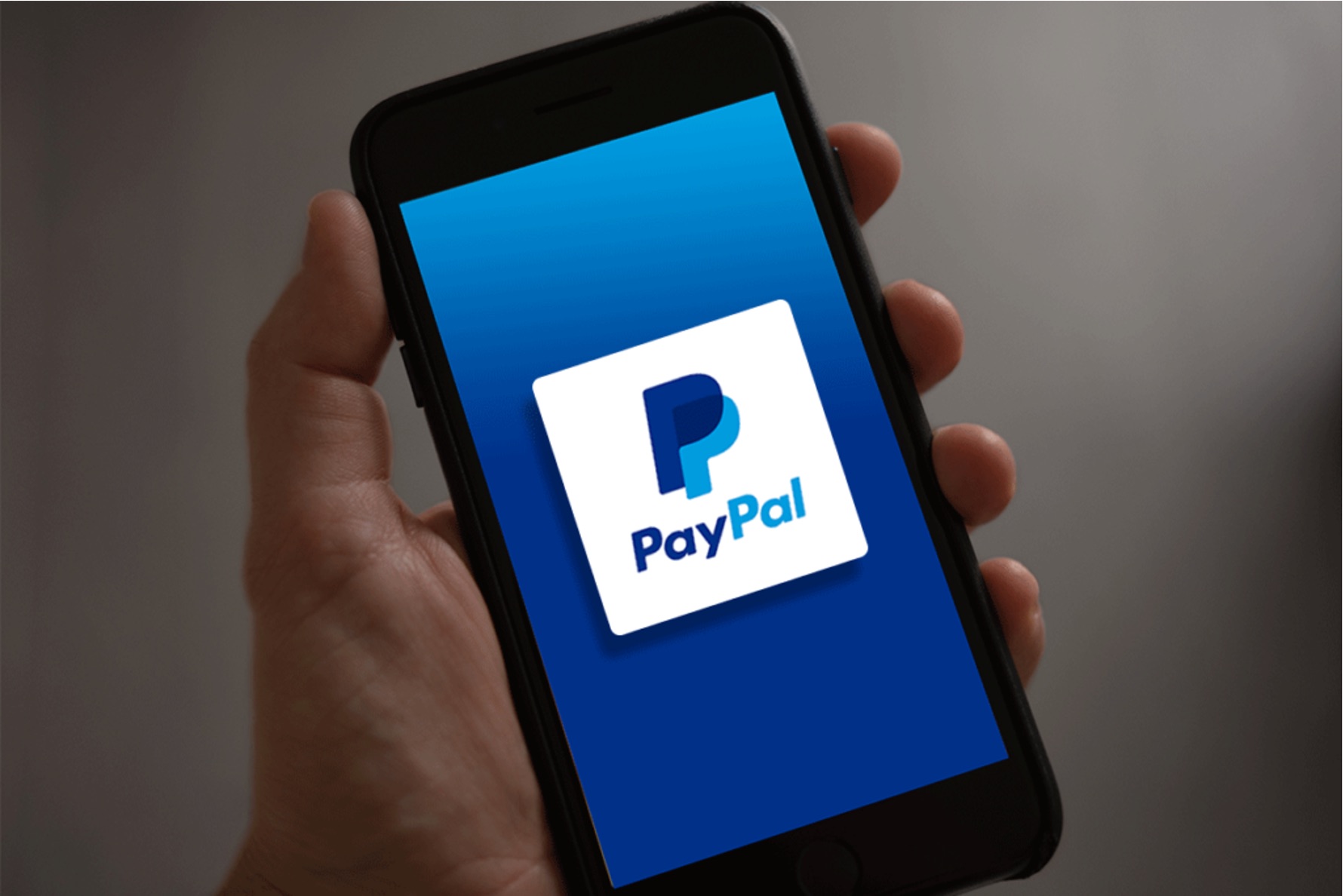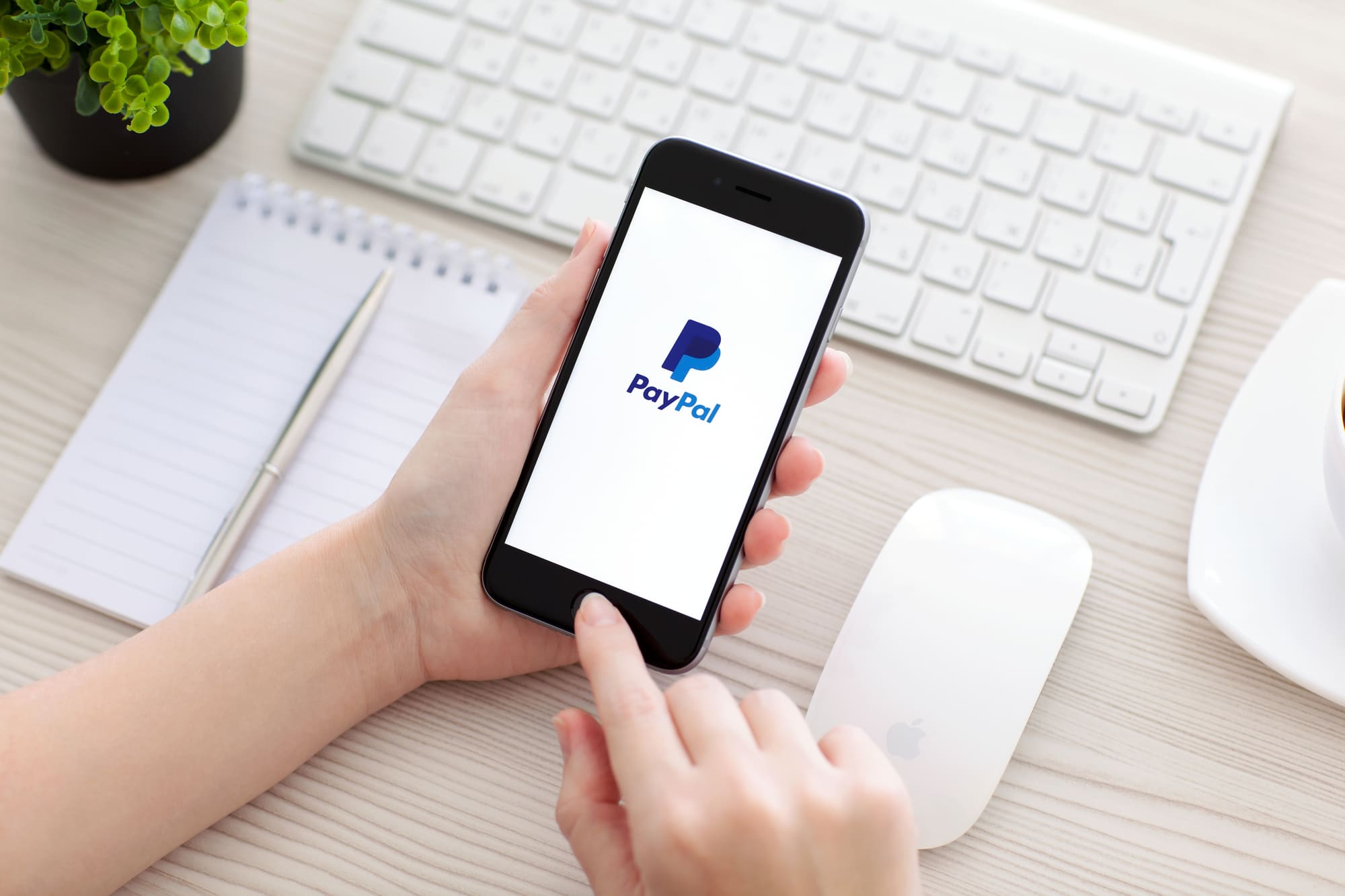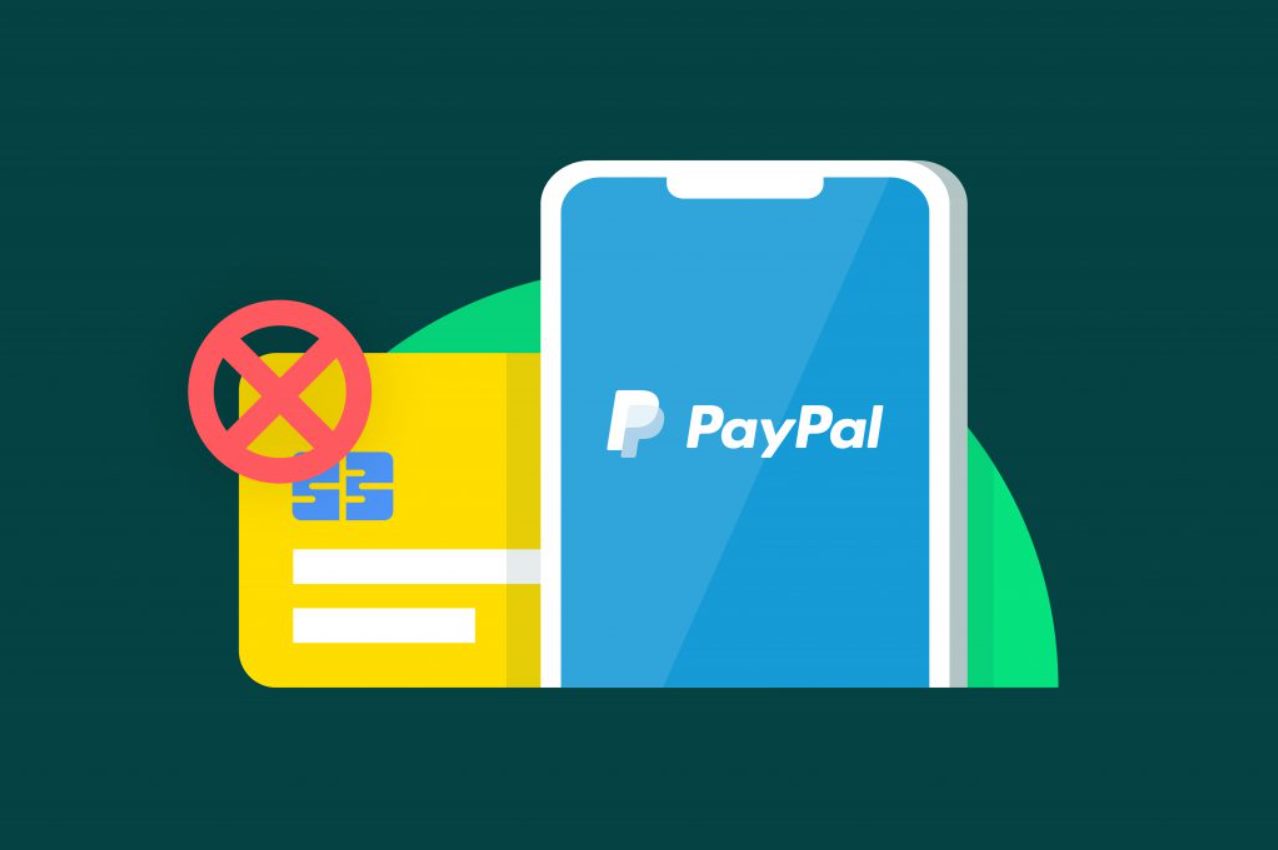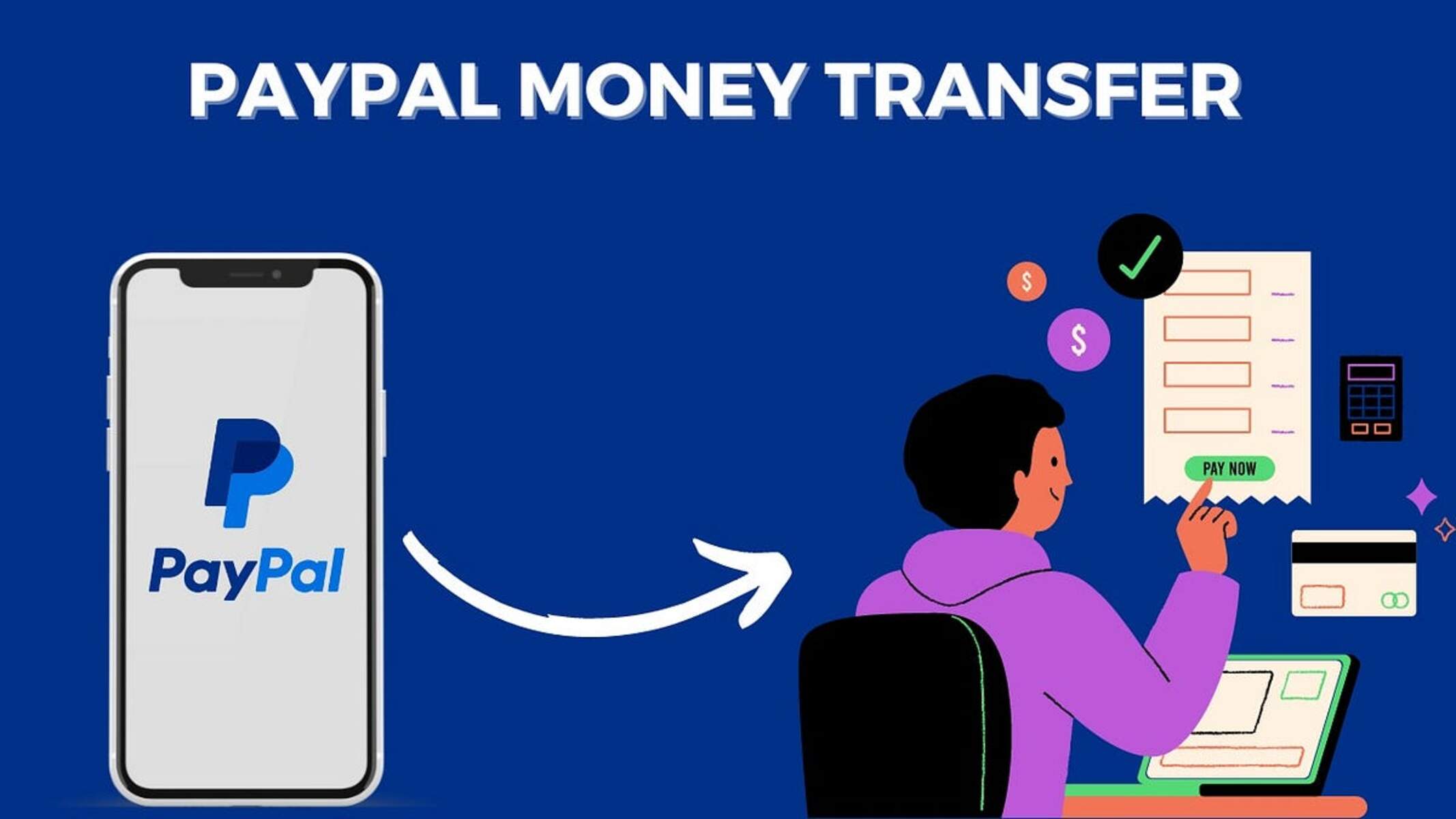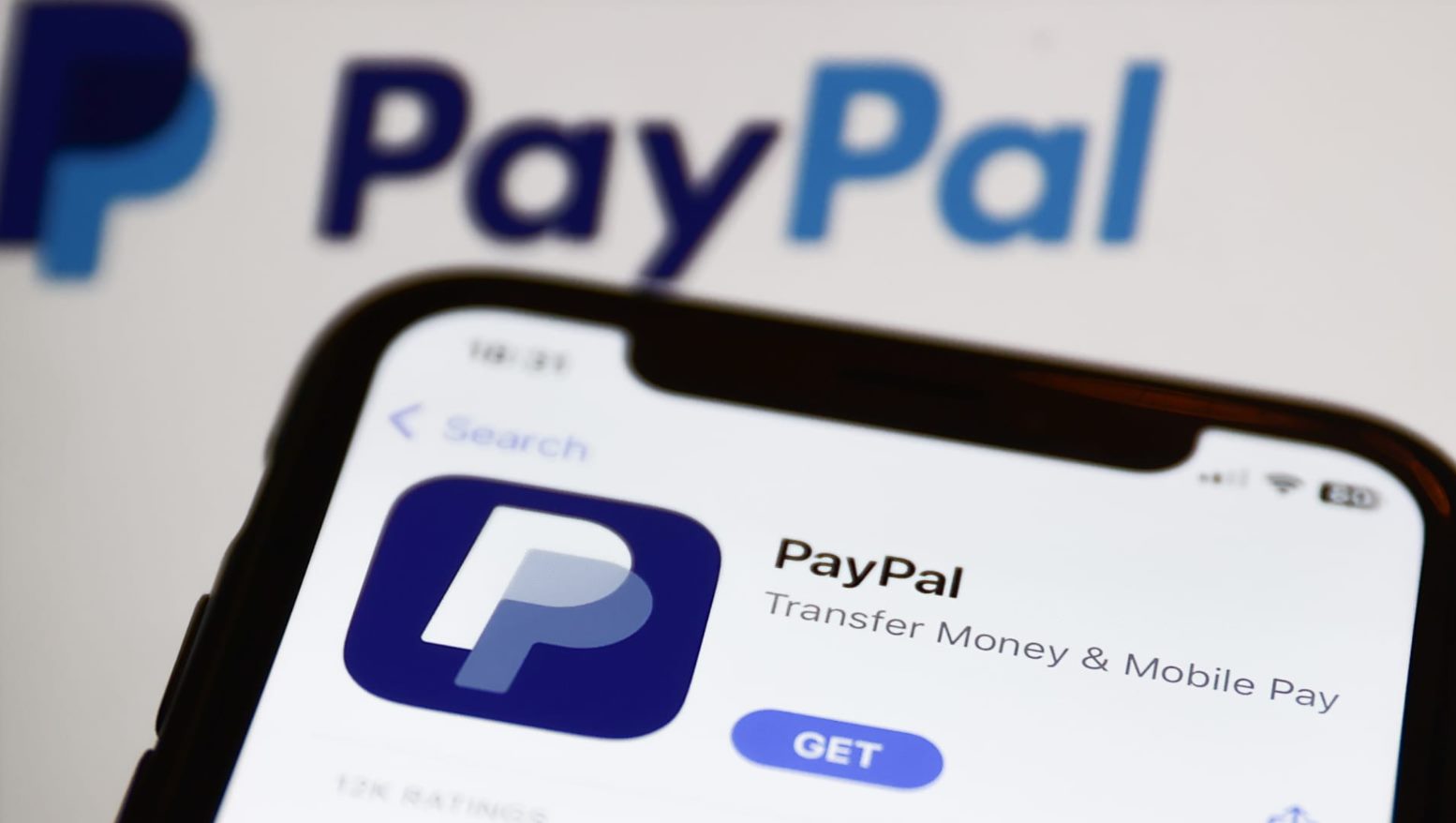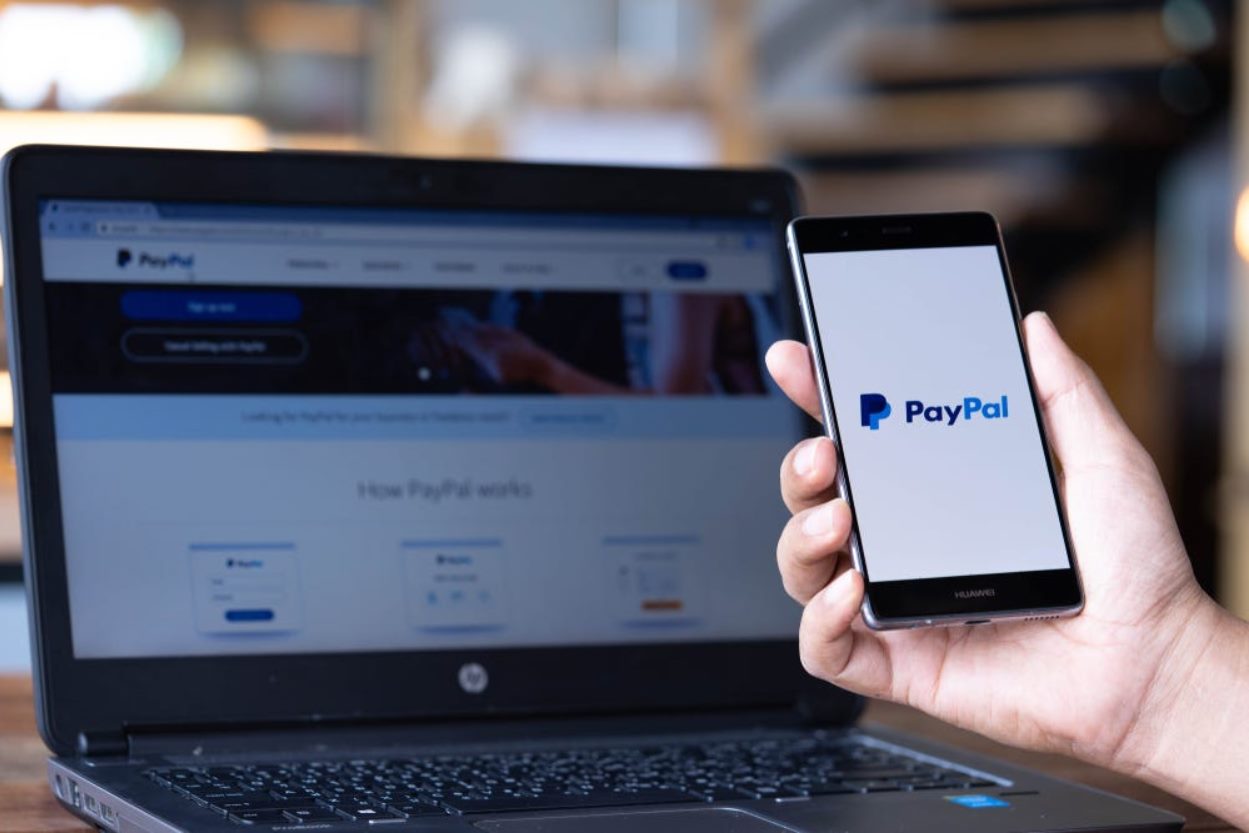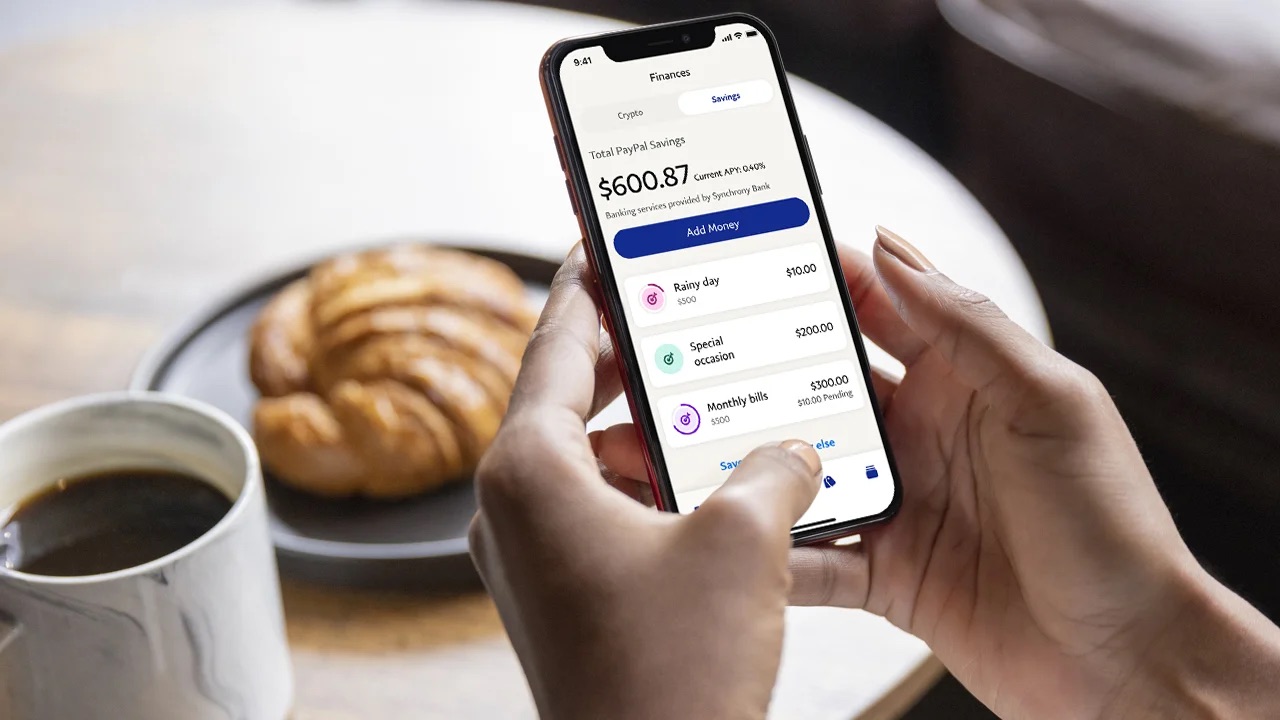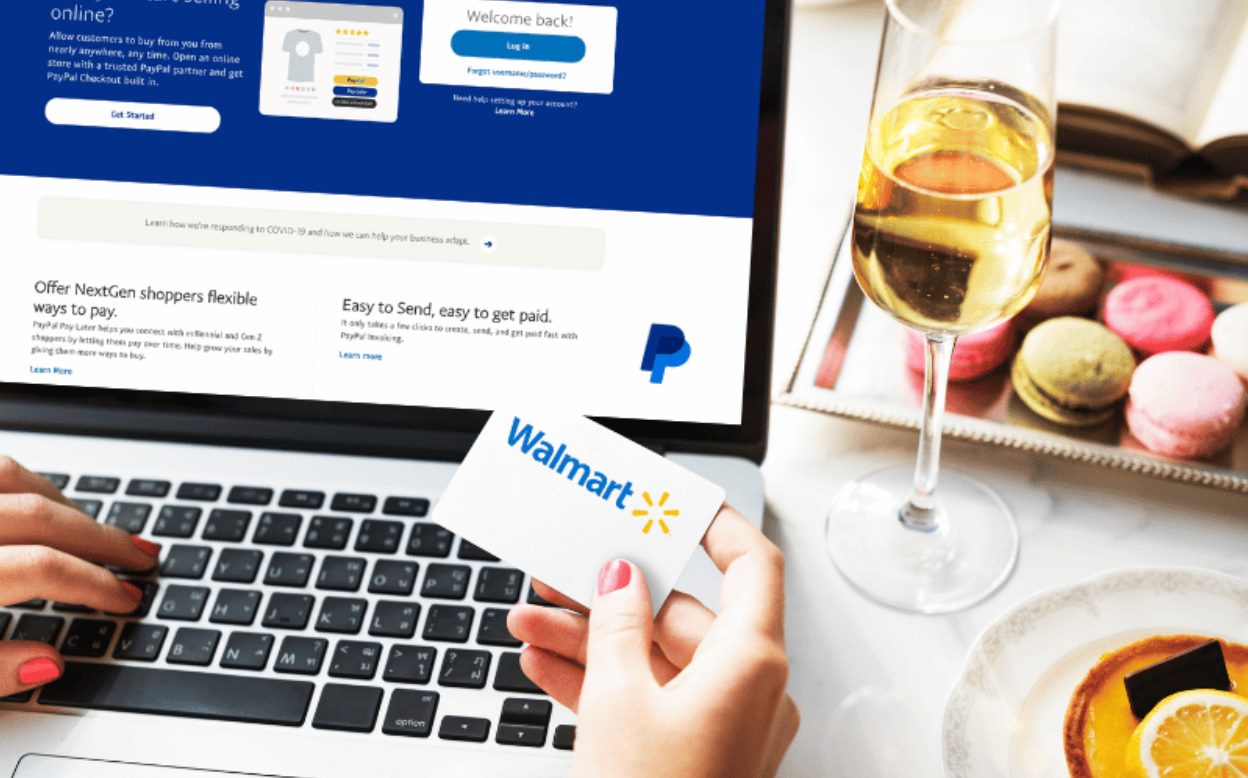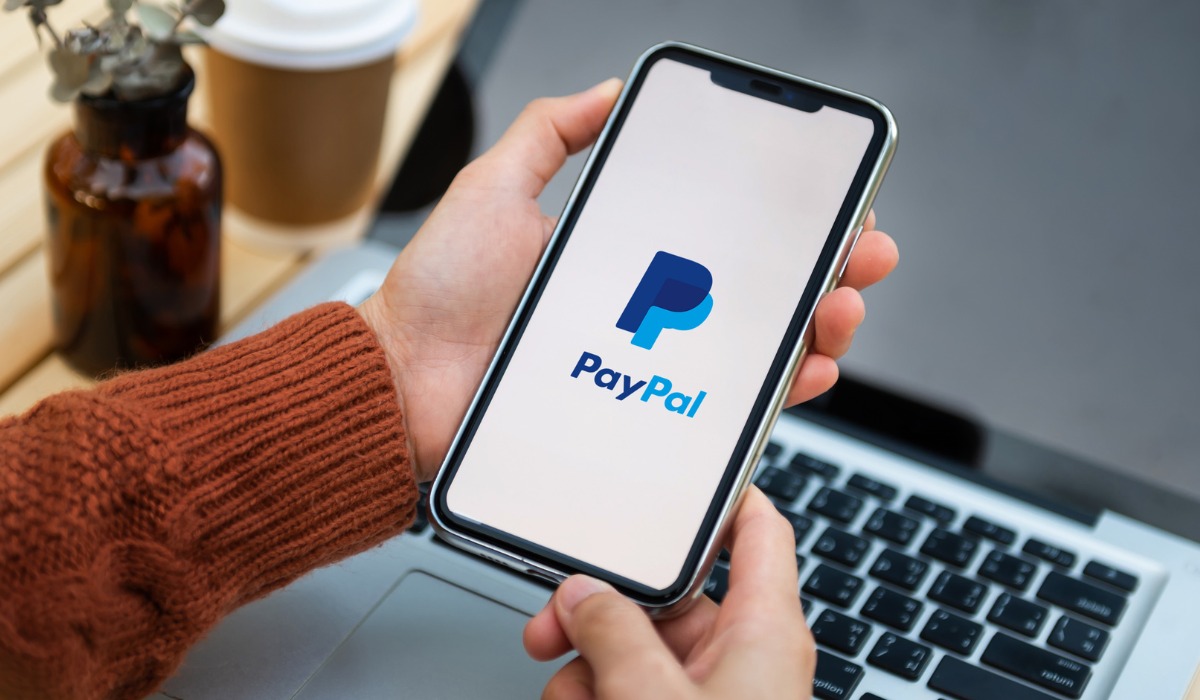Introduction
Welcome to the world of online transactions, where convenience and security are paramount. When it comes to online payments, PayPal is a household name. With over 286 million active users worldwide, PayPal has become the go-to platform for individuals and businesses to send, receive, and manage their money securely. However, like any financial service, PayPal has certain limits in place to ensure the safety and security of its users.
In this article, we will delve into the concept of PayPal limits – what they are, why they exist, and the different types of limits you may encounter. Additionally, we will discuss ways to lift these limits and provide you with some valuable tips to avoid encountering them altogether.
Understanding PayPal limits is essential for both personal and business users. Whether you’re a freelancer receiving payments from clients or an online shopper making purchases, being aware of these limits will help you navigate the PayPal ecosystem more effectively.
So, let’s dive into the world of PayPal limits to shed light on this important aspect of online financial management.
What is PayPal Limit?
If you’ve ever used PayPal, you may have come across the term “limit” or “account limitation.” But what exactly does it mean?
A PayPal limit refers to the predefined restrictions imposed on certain account activities. These restrictions are put in place by PayPal to mitigate potential risks, ensure compliance with regulatory requirements, and safeguard the financial interests of both the users and the platform.
The limits imposed by PayPal can vary in scope and duration, depending on various factors such as the type of account, account verification status, transaction history, and user activity. These limits dictate the amount of money you can send or receive, the frequency of transactions, and the ability to withdraw funds from your account.
It is important to note that PayPal limits are not permanent and can be lifted by complying with specific requirements and procedures set by the platform. By verifying your account, confirming your identity, and demonstrating a consistent and trustworthy transaction history, you can increase the limits imposed on your PayPal account.
While limits may seem restrictive, they serve a crucial purpose in preventing unauthorized access, fraud, money laundering, and other illegal activities. By implementing these limits, PayPal not only protects the interests of its users but also ensures a safe and secure online payment environment for all.
Next, let’s explore why PayPal has these limits in the first place.
Why does PayPal have limits?
You might be wondering why PayPal imposes limits on its users’ accounts. The reasons are twofold – to protect users and to comply with regulatory obligations.
Firstly, PayPal places limits on accounts to ensure the safety and security of its users. By setting transaction limits, PayPal can prevent unauthorized access and potential fraudulent activities. These limits act as a shield against hackers and scammers who may attempt to gain unauthorized access to user accounts or use PayPal for illegal purposes. By limiting the amount of money that can be sent, received, or withdrawn, PayPal reduces the risk of financial loss and safeguards the funds in your account.
Secondly, PayPal has a legal obligation to comply with anti-money laundering (AML) and know-your-customer (KYC) regulations. These regulations are in place to prevent money laundering, terrorist financing, and other illicit financial activities. By implementing limits, PayPal can monitor and track user transactions to ensure compliance with these regulations. They are required to collect and verify certain information about their users to establish their identity and protect against fraud and money laundering.
Moreover, PayPal operates in different countries across the globe, each with its own set of financial regulations. By imposing limits, PayPal can align with these regulations and maintain a strong compliance framework.
It’s important to remember that these limits are not meant to inconvenience users but rather to create a secure and regulated environment for online transactions. PayPal’s commitment to user protection and compliance with financial regulations is what sets it apart as a trusted and reliable online payment platform.
Now that we understand the reasons behind PayPal’s limits, let’s explore the different types of limits you may encounter.
Types of PayPal Limits
PayPal implements various types of limits to regulate the activities of its users. These limits are designed to maintain the integrity of the platform and provide a secure environment for online transactions. Let’s explore the different types of PayPal limits you may come across:
- Sending Limits: PayPal imposes sending limits on accounts to control the amount of money you can send to other PayPal accounts or make purchases. These limits are typically based on factors such as account verification status, transaction history, and user activity. Sending limits may be increased as you complete additional verification steps or demonstrate a trustworthy transaction history.
- Receiving Limits: Receiving limits determine the maximum amount of money you can receive into your PayPal account. Like sending limits, they are influenced by factors such as account verification, transaction history, and user activity. As you provide additional verification and establish a reliable transaction history, PayPal may increase your receiving limits.
- Withdrawal Limits: Withdrawal limits specify the maximum amount of money you can transfer from your PayPal account to your bank account or other withdrawal methods. These limits are imposed to prevent unauthorized fund transfers and ensure the security of your account. Similar to sending and receiving limits, withdrawal limits may be raised as you complete account verification and build a trustworthy transaction history.
It’s important to note that these limits are not set in stone. PayPal provides options to lift or remove these limits by following specific procedures and meeting certain requirements. By complying with these requirements, users can enjoy higher transaction limits and additional account privileges.
Now that we’ve covered the different types of PayPal limits, let’s explore how to lift these limits and regain full access to your account.
Sending Limits
PayPal imposes sending limits on user accounts to regulate the amount of money that can be sent to other PayPal accounts or used for purchases. These limits are put in place to ensure the security of both senders and recipients, preventing unauthorized access and potential fraudulent activities.
The specific sending limits on your account can vary based on factors such as your account verification status, transaction history, and user activity. New PayPal accounts typically have lower sending limits initially, and these limits can be increased over time as you establish a trustworthy transaction history.
To check your current sending limit, log into your PayPal account and navigate to the “Limits” or “Account Overview” section. Here, you will find information about your current sending limit and any steps you can take to lift or increase it.
If you need to send more money than your current limit allows, PayPal provides options to increase your sending limit. One common option is to verify your account by linking and confirming a bank account or adding and confirming a credit or debit card. By doing so, you demonstrate to PayPal that you are a legitimate user, boosting your account’s trustworthiness and potentially raising your sending limit.
In some cases, PayPal may also require additional documentation or information to increase your sending limit. This could include providing proof of identity, address verification, or documentation related to your business if you are using PayPal for business purposes.
Remember, regularly using your PayPal account for transactions and maintaining a positive transaction history can also contribute to higher sending limits. By consistently demonstrating responsible use of your account and completing successful transactions, PayPal may incrementally increase your sending limit over time.
If you encounter any issues or have specific questions about your sending limits, PayPal’s customer support is available to assist you. They can provide guidance on the steps you need to take to increase your sending limit or address any concerns you may have.
Now that we’ve explored sending limits, let’s move on to understanding receiving limits and how they impact your PayPal account.
Receiving Limits
Just as PayPal has sending limits, it also has receiving limits in place to regulate the amount of money you can receive into your account. These limits are determined based on factors such as your account verification status, transaction history, and user activity.
Your receiving limits dictate the maximum amount of money you can accept into your PayPal account. Similar to sending limits, PayPal sets initial receiving limits for new accounts, which can be increased as you establish a trustworthy transaction history.
To check your current receiving limit, log into your PayPal account and navigate to the “Limits” or “Account Overview” section. There, you can find information about your current receiving limit and any available steps to increase it.
If you find that your receiving limit is preventing you from accepting a desired amount of money, there are methods to increase it. One common option is to complete the verification process for your PayPal account. This typically involves providing and confirming additional information such as your name, address, and possibly your date of birth. Verifying your account enhances your trustworthiness in the eyes of PayPal and may result in a higher receiving limit.
In some cases, PayPal may request additional documents or information, especially if you are using the account for business purposes. This may include providing business registration documents, tax identification numbers, or invoices to verify the legitimacy of your transactions.
It’s worth noting that your receiving limit may also depend on the specific source or sender of the funds. Some transactions, especially those involving high-value or international transfers, may be subject to different receiving limits or additional security measures. PayPal’s system assesses the risk associated with each transaction and adjusts the receiving limit accordingly.
By maintaining a positive transaction history, consistently receiving funds, and complying with any additional verification requirements, you can increase your receiving limit over time. It’s important to remember that PayPal’s primary goal in imposing these limits is to protect users from potential fraud and ensure compliance with financial regulations.
If you have any questions or encounter any issues related to your receiving limit, PayPal’s customer support is available to provide assistance and guidance on increasing your limit or addressing any concerns you may have.
Now that we’ve covered receiving limits, let’s move on to discussing withdrawal limits and how they can impact your access to funds.
Withdrawal Limits
In addition to sending and receiving limits, PayPal also sets withdrawal limits to regulate the amount of money you can transfer from your PayPal account to your bank account or other withdrawal methods. These limits are put in place to ensure the security of your funds and prevent unauthorized withdrawals.
The specific withdrawal limit on your PayPal account can vary and is influenced by factors such as your account verification status, transaction history, and user activity. Withdrawal limits are typically set based on the overall balance of your account and the specific withdrawal method you choose.
To check your current withdrawal limit, log into your PayPal account and navigate to the “Limits” or “Account Overview” section. Here, you can find information about your current withdrawal limit and any available steps to increase it.
If you find that your current withdrawal limit is restricting your access to funds, there are ways to increase it. One common option is to complete additional verification steps for your PayPal account. This may involve providing and confirming your identity, linking and verifying a bank account, or adding and confirming a credit or debit card.
By verifying your account and establishing a trusted transaction history, you demonstrate to PayPal that you are a legitimate user, which can potentially result in a higher withdrawal limit. It’s important to note that PayPal may require additional documentation or information, especially for larger withdrawal amounts or specific withdrawal methods.
It’s worth mentioning that withdrawal limits can also vary based on the country in which you reside and the specific regulations applicable in that region. PayPal aligns its withdrawal limits with local financial regulations to maintain compliance and ensure the smooth transfer of funds between your PayPal account and your bank account.
If you encounter any issues or have questions about your withdrawal limit, PayPal’s customer support is available to assist you. They can provide guidance on increasing your withdrawal limit or address any concerns you may have regarding the transfer of funds from your PayPal account to your bank account.
Now that we’ve explored withdrawal limits, let’s move on to the next section and discuss how you can lift PayPal limits and regain full access to your account.
How to Lift PayPal Limits
If you encounter limits on your PayPal account that restrict your ability to send, receive, or withdraw funds, there are steps you can take to lift these limitations. Here are some common methods to lift PayPal limits:
1. Verify your account: The first step to lift limits on your PayPal account is to complete the verification process. This typically involves confirming your identity, providing relevant documents such as a government-issued ID, proof of address, or tax identification number, depending on your country of residence and the type of account you have.
2. Confirm your bank account: Linking and confirming your bank account with PayPal can also help increase your limits. By doing so, PayPal can verify your account ownership and add an extra layer of security to your transactions. You can confirm your bank account by following the instructions provided within your PayPal account.
3. Add and confirm a credit or debit card: Adding and confirming a credit or debit card can help increase your account’s trustworthiness. By linking a card to your account, PayPal can confirm your card ownership and further establish your identity.
4. Regularly use your PayPal account: Consistently using your PayPal account for sending, receiving, and making transactions can help build a positive transaction history. This history, along with responsible account management, can contribute to higher limits over time.
5. Contact PayPal customer support: If you’ve completed the necessary steps and your limits are still in place, contacting PayPal’s customer support can be beneficial. They can review your account, provide personalized guidance, and assist you in lifting the limits imposed on your account.
It’s important to note that the specific requirements and processes for lifting PayPal limits may vary depending on factors such as your country of residence, the type of account you have, and the nature of your transactions. Therefore, following the instructions provided within your PayPal account and seeking guidance from customer support will ensure you have the most accurate and relevant information.
By completing the necessary verifications, maintaining a positive transaction history, and utilizing PayPal’s customer support resources, you can effectively lift the imposed limits on your PayPal account and regain full access to all its features.
Now that we have discussed how to lift PayPal limits, let’s move on to the next section where we will provide valuable tips to help you avoid encountering limits in the future.
Tips to Avoid PayPal Limits
While PayPal limits are in place to ensure the security and compliance of the platform, it’s always beneficial to minimize the chances of encountering these limits. Here are some tips to help you avoid PayPal limits:
1. Complete the account verification process: Verifying your PayPal account by providing the required identification documents can help establish your trustworthiness and potentially increase your limits. Make sure to follow PayPal’s instructions and provide accurate and up-to-date information.
2. Maintain a positive transaction history: Consistently engage in legitimate and reliable transactions. Avoid engaging in suspicious or high-risk activities that could raise red flags with PayPal’s security system. A history of successful and responsible transactions can contribute to higher limits over time.
3. Use PayPal for its intended purposes: PayPal is designed to facilitate online payments and money transfers. Avoid using PayPal for prohibited activities such as illegal transactions, gambling, or buying/selling restricted items. Staying within the boundaries of PayPal’s terms and acceptable use policies will help you avoid any unnecessary limitations.
4. Keep your account information updated: Ensure that your contact information, including your primary email address and phone number, is accurate and up-to-date in your PayPal account settings. This will ensure smooth communication with PayPal and minimize any potential issues that may arise from outdated or incorrect information.
5. Regularly monitor your account: Stay informed about the activities and transactions in your PayPal account. Monitor your account regularly for any unauthorized access or suspicious activities. Reporting any concerns promptly to PayPal will help mitigate potential risks and maintain the security of your account.
6. Be aware of transaction limits: Familiarize yourself with the specific transaction limits imposed by PayPal for your account type and country of residence. By adhering to these limits and being mindful of your transaction activity, you can avoid unnecessary limitations on your account.
7. Seek assistance from PayPal customer support: If you have any questions, concerns, or need clarification regarding PayPal limits, reach out to PayPal’s customer support. They are available to assist you and provide guidance specific to your account and situation.
By following these tips and maintaining responsible account management, you can minimize the chances of encountering limits on your PayPal account. Remember, PayPal’s goal is to create a secure and trusted platform for online transactions, and adhering to their policies and guidelines will ensure a positive experience using the platform.
Now that we’ve covered valuable tips to avoid PayPal limits, let’s move on to the concluding section of this article.
Conclusion
PayPal limits are an essential aspect of the platform’s security and compliance framework. They are in place to protect users from unauthorized access, fraud, and other illegal activities, while also ensuring regulatory compliance in various countries. Understanding PayPal limits is important for both personal and business users, as they dictate the amount of money that can be sent, received, and withdrawn from your account.
In this article, we explored the concept of PayPal limits, including sending limits, receiving limits, and withdrawal limits. We discussed why PayPal has these limits, highlighting the importance of user protection and compliance with financial regulations.
We also provided insights into how to lift PayPal limits, such as verifying your account, confirming your bank account, and maintaining a positive transaction history. These actions can contribute to increasing your limits over time and regaining full access to your account.
Additionally, we shared valuable tips to help you avoid encountering PayPal limits in the first place. By completing the verification process, maintaining responsible transactions, and staying within PayPal’s terms and acceptable use policies, you can minimize the chances of experiencing limitations on your account.
It’s important to remember that PayPal’s customer support is always available to assist you with any questions or concerns regarding limits or account restrictions. They are your resource to seek guidance and overcome any obstacles you may encounter.
In conclusion, PayPal limits are an integral part of the platform’s commitment to user safety, security, and compliance. By adhering to PayPal’s guidelines, completing necessary verifications, and maintaining responsible account activity, you can navigate the PayPal ecosystem effectively and enjoy its benefits in a secure and reliable manner.







